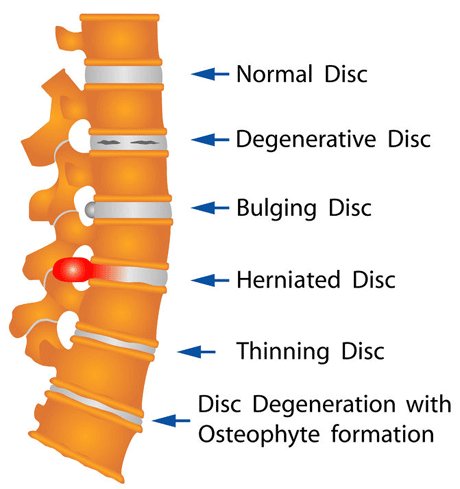Increased use of smartphones is suspected as one of the reasons behind the rise in the number of herniated cervical disc patients in Korea, according to the National Health Insurance Service on Sunday.
Newly released NHIS data showed the number of cervical disc patients rose from 699,858 in 2010 to 868,729 in 2015. The total amount of hospital fees for treatment of the condition also jumped 35 percent over the same period, from 166 billion won ($142 million) to 226 billion won.

Professor Jang Ho-yul of NHIS Ilsan Hospital said, “The widespread use of smartphones and tablet PCs and the craning neck position is partly the cause behind the growing number of cervical disc patients.”
Other factors leading to the condition include the proportion of neck muscle according to gender and age group, as well as seasonal activities.
Female patients outnumbered males in every age group, making up an average of 56 percent in each age group, due to their comparatively petite frames and weaker muscular power, Jang said.
An analysis of hospital records by month showed a surge in disc patients in July, presumably due to an increase in outdoor activities and sports during summer.
In the neck, there are seven cervical bones linking the cranium with the vertebral column, each with shock-absorbent discs wedged between. When the disc loses elasticity due to shock or prolonged bad posture, the core of the disc leaks out and agitates the surrounding muscle and nerve roots, causing pain that sometimes requires surgical treatments.
NHIS said the condition, among Koreans, occurred the most among those in their 50s, followed by those in their 40s, 60s, 70s, 30s and 20s.
Ways to prevent herniated cervical disc, as advised by the NHIS, include maintaining a straightened posture with the chin slightly raised upwards.
NHIS said that people who work mostly in front of computers should place their monitors at eye level and refrain from bending their necks forward too much. They should also stretch once in a while.
By Lim Jeong-yeo (kaylalim@heraldcorp.com)








![[Graphic News] More Koreans say they plan long-distance trips this year](http://res.heraldm.com/phpwas/restmb_idxmake.php?idx=644&simg=/content/image/2024/04/17/20240417050828_0.gif&u=)
![[KH Explains] Hyundai's full hybrid edge to pay off amid slow transition to pure EVs](http://res.heraldm.com/phpwas/restmb_idxmake.php?idx=644&simg=/content/image/2024/04/18/20240418050645_0.jpg&u=20240419100350)





![[From the Scene] Monks, Buddhists hail return of remains of Buddhas](http://res.heraldm.com/phpwas/restmb_idxmake.php?idx=652&simg=/content/image/2024/04/19/20240419050617_0.jpg&u=20240419175937)

![[KH Explains] Hyundai's full hybrid edge to pay off amid slow transition to pure EVs](http://res.heraldm.com/phpwas/restmb_idxmake.php?idx=652&simg=/content/image/2024/04/18/20240418050645_0.jpg&u=20240419100350)

![[Today’s K-pop] Illit drops debut single remix](http://res.heraldm.com/phpwas/restmb_idxmake.php?idx=642&simg=/content/image/2024/04/19/20240419050612_0.jpg&u=)